Leeches get a bad rap as slimy, bloodsucking creatures. While their habits might make your skin crawl at first glance, these squiggly wonders deserve a closer look. Beneath their ick-factor exterior lies a world of fascinating traits and unexpected benefits. From their historical significance to their modern-day medical uses, leeches are far more complex—and helpful—than most people realize. Let’s dive into 15 surprising reasons why leeches are actually pretty remarkable. You might just see them in a whole new light!
1. Ancient Healers with Modern Relevance
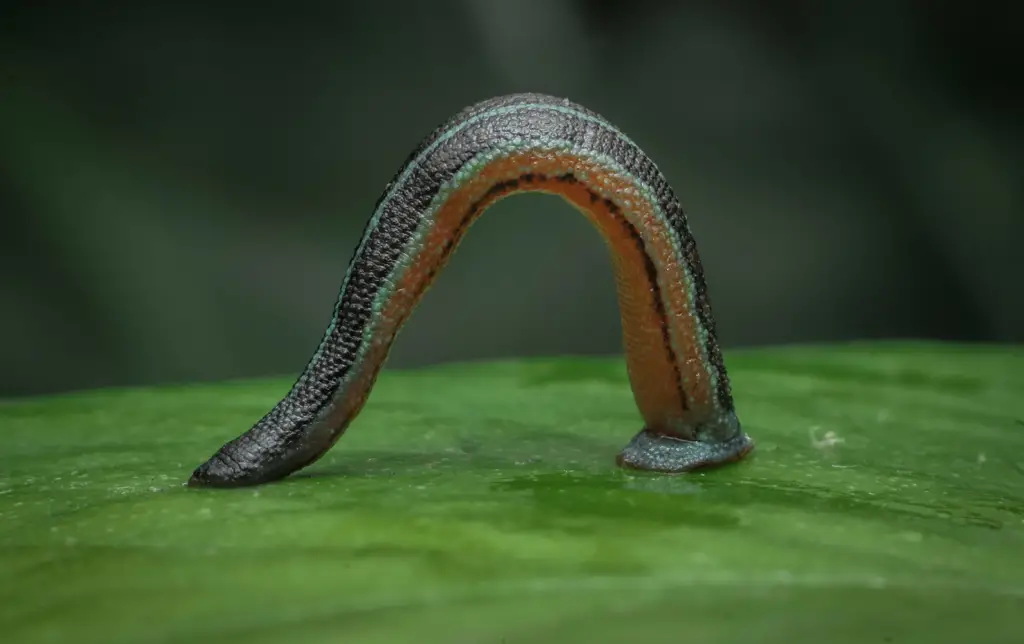
Wikimedia Commons
It’s easy to dismiss leeches as creepy crawlies, but did you know they’ve been healing humans for over 2,500 years? Ancient Egyptians, Greeks, and Romans believed in their power to restore balance by draining “bad blood.” While that theory has since been debunked, leeches still play a vital role in modern medicine. Their unique ability to keep blood flowing makes them heroes in reattachment surgeries, like fixing severed fingers or ears. Surgeons even call on these little healers to save skin grafts and prevent clotting in delicate procedures. So, next time you cringe at the thought of a leech, remember they might just be a literal lifesaver.
2. Their Spit Is a Miracle Solution
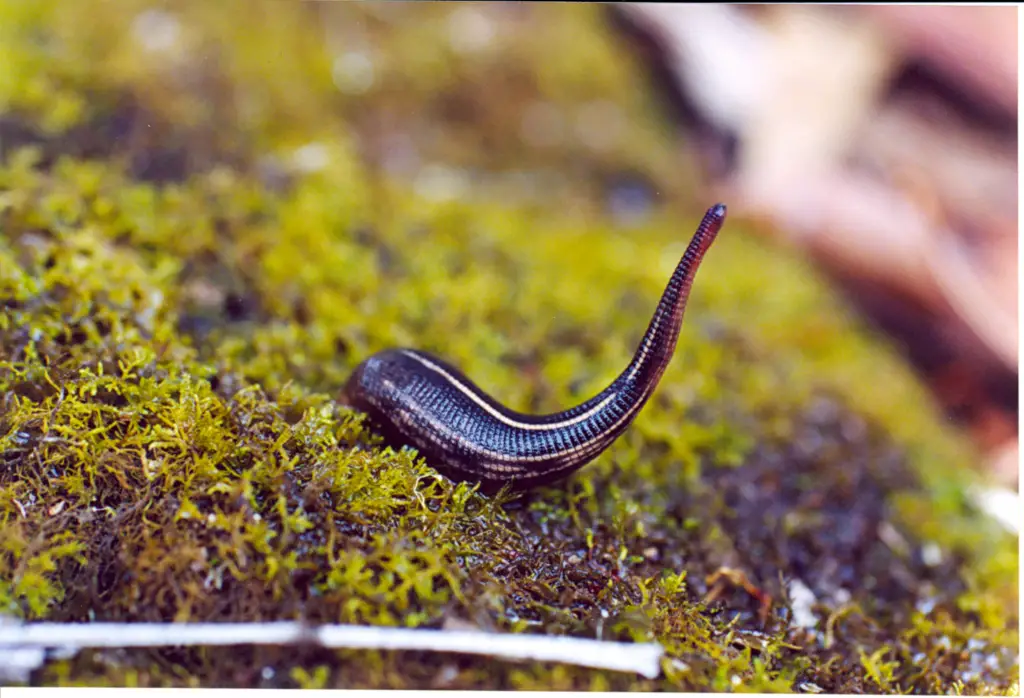
Wikimedia Commons
Leech saliva might not sound like a groundbreaking medical tool, but it’s packed with over 100 bioactive compounds. Among these is hirudin, a potent anticoagulant that stops blood from clotting. Their saliva also contains anti-inflammatory and pain-relieving properties, making it a treasure trove of therapeutic potential. Today, researchers are investigating how these compounds could treat strokes, heart disease, and arthritis. Imagine: a leech’s bite could lead to medical breakthroughs that improve millions of lives. While the thought of leech spit might not be appetizing, it’s a reminder that nature’s oddities often hide the most powerful secrets.
3. Leeches Are Ecosystem Engineers
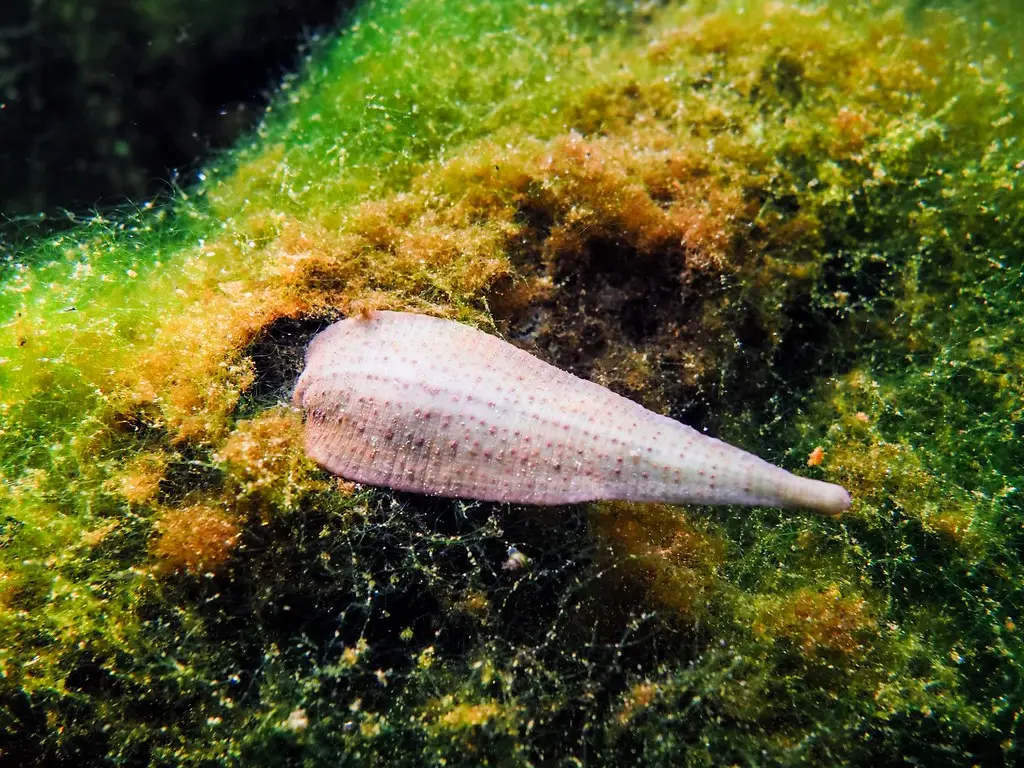
Flickr
Leeches might not have the glamour of a tiger or the charm of a dolphin, but their contributions to ecosystems are just as important. In aquatic environments, they act like tiny janitors, cleaning up decaying organic matter and keeping the water healthy. They’re also an essential link in the food chain, providing sustenance for fish, birds, and amphibians. Without leeches, many aquatic ecosystems would struggle to maintain balance. So, the next time you see a leech in the wild, take a moment to appreciate its silent work in keeping nature thriving. They may be small, but they have a big impact.
4. They’re Surprisingly Clean Feeders
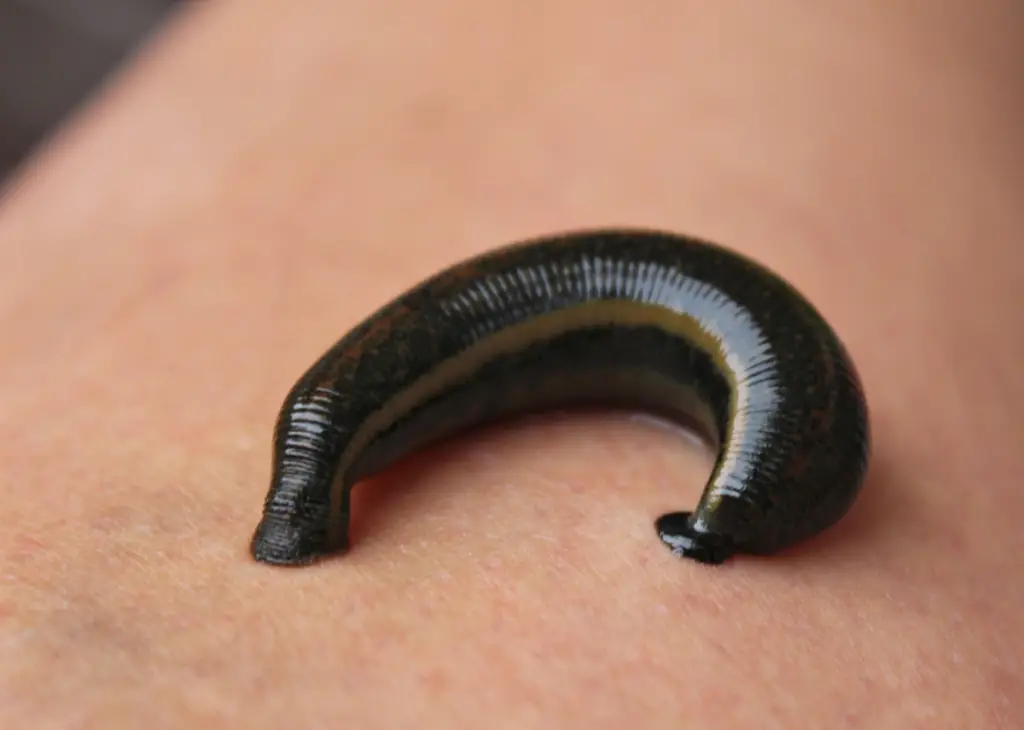
PxHere
It might sound strange to call a leech “hygienic,” but it’s true. When a leech attaches to its host, its saliva acts as a natural antiseptic, sterilizing the feeding site. This reduces the risk of infection for the host—human or otherwise. In a way, leeches are the germaphobes of the parasite world! While their feeding methods may not win them any popularity contests, their ability to feed cleanly and efficiently is pretty impressive. It’s a fascinating reminder that even nature’s “gross” creatures have evolved clever ways to coexist with their hosts. Who knew leeches were such tidy diners?
5. Leeches Have Been to Space
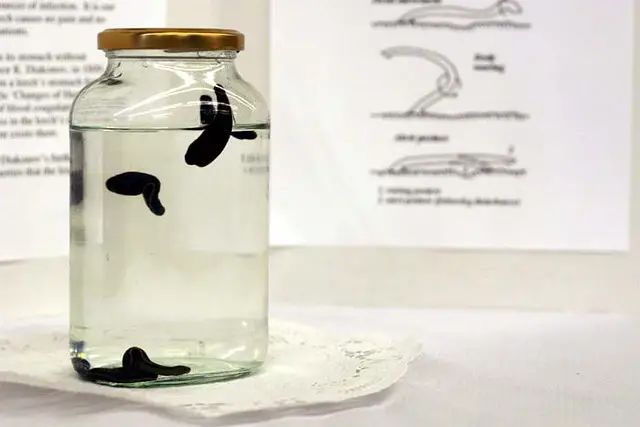
Flickr
Believe it or not, leeches have ventured where few living creatures have gone: outer space. Scientists included them in space experiments to study how microgravity affects movement and behavior. With their simple yet highly adaptable nervous systems, leeches offered valuable insights into how living organisms respond to extreme environments. While they didn’t don tiny spacesuits or pilot rockets, their contributions to space science are nothing short of remarkable. It’s a reminder that even the most unassuming creatures can play a role in humanity’s quest to explore the stars. Leeches may be earthbound by nature, but their legacy reaches far beyond.
6. They’re Evolutionary Survivors
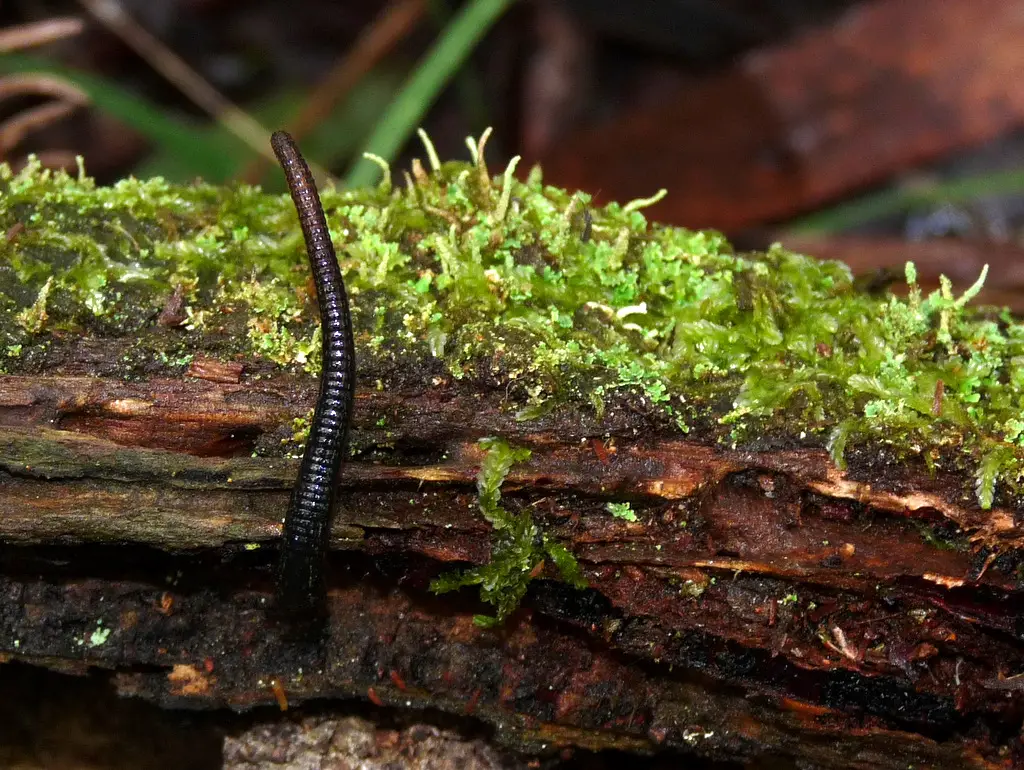
Flickr
Leeches are ancient survivors, having existed for over 360 million years. To put that in perspective, they were wriggling around long before dinosaurs took their first steps. Their secret to success lies in their adaptability. Leeches thrive in freshwater, saltwater, and even on land, evolving to fit a variety of environments. This incredible resilience makes them one of nature’s most enduring designs. So, while they may seem like simple creatures, their ability to withstand the test of time is nothing short of awe-inspiring. When you think about it, leeches deserve a little respect for sticking around so long.
7. Leeches Can Go Months Without Eating
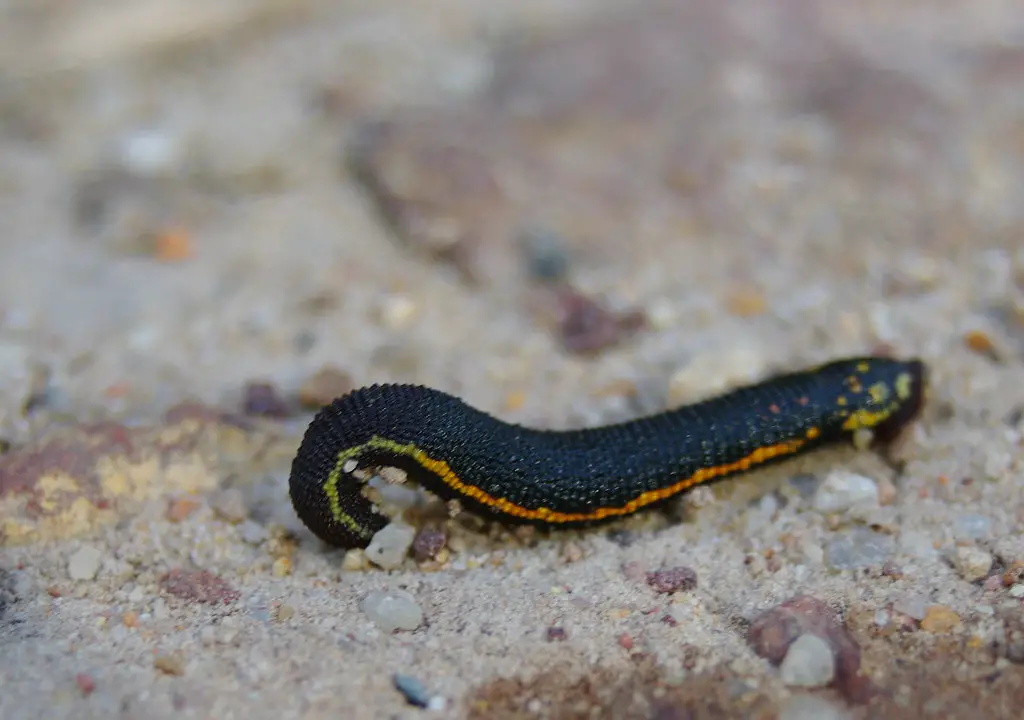
Flickr
Imagine not needing to eat for months or even years—leeches can do just that! After a single meal, they store enough nutrients to sustain themselves for an incredibly long time. This ability to fast is thanks to their slow metabolism, which allows them to survive in environments where food is scarce. It’s a survival strategy that few animals can match. While we might find their feeding habits unsettling, you’ve got to admit that their ability to make one meal last is pretty impressive. If only humans had that kind of efficiency during holiday feasts!
8. They Might Hold Clues to Human Aging
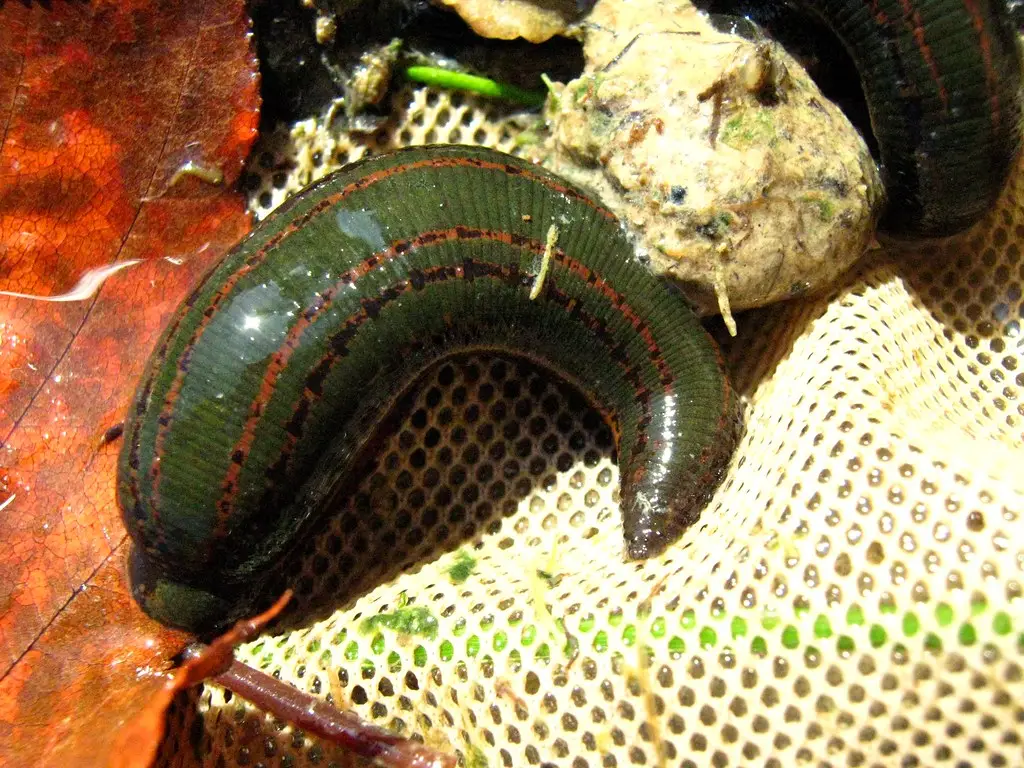
Flickr
Researchers are diving into leeches’ biology to uncover the secrets of tissue regeneration and aging. Some compounds in their bodies show promise for combating cellular damage and promoting healing. These properties could lead to advancements in anti-aging therapies and regenerative medicine. Imagine using the science of leeches to heal wounds faster or reverse signs of aging. It’s a reminder that solutions to some of humanity’s biggest challenges might come from the most unexpected places. Leeches may not hold the fountain of youth, but they’re certainly giving scientists new ideas about how to get there.
9. They’re Surprisingly Picky Eaters
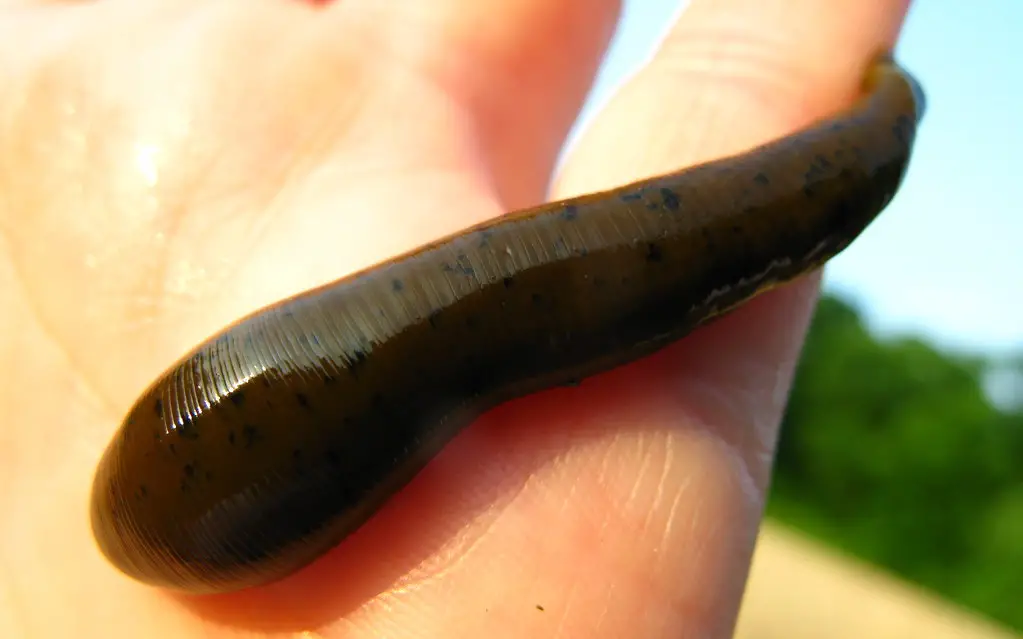
Flickr
Leeches might seem like indiscriminate feeders, but many species are surprisingly particular about their diet. Some prefer specific hosts, while others won’t touch blood at all, opting for algae or decaying plant matter instead. Out of the 700+ species of leeches, only a small fraction feed on humans. Their dietary diversity highlights just how misunderstood they are. So, the next time you encounter a leech in the wild, it might not be after your blood at all—it could just be a peaceful herbivore minding its own business. Sometimes, the creatures we fear the most turn out to be harmless.
10. Leeches Help Scientists Understand Nervous Systems

Flickr
Leeches may not look like much, but they’re incredibly valuable to scientists studying the nervous system. With just 32 simple but highly efficient nerve ganglia, leeches provide a model for understanding how nerves work, communicate, and repair themselves. Researchers have even used leeches to explore treatments for spinal cord injuries and neurodegenerative diseases like Parkinson’s. Their regenerative abilities—especially when it comes to nerve tissues—are truly inspiring. While you might never look at a leech and think “neuroscience breakthrough,” these little creatures have helped shape our understanding of some of the most complex processes in the human body.
11. They’re Nature’s Traveling First Aid Kits
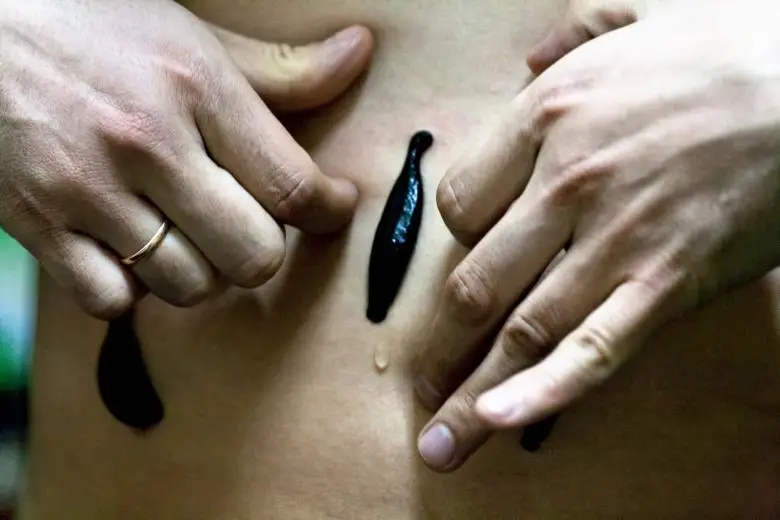
Stockvault
Leeches are like tiny medics that come equipped with their own diagnostic tools. They’re incredibly sensitive to temperature, moisture, and even chemical changes, helping them locate potential hosts. These same abilities have inspired medical technology, such as biosensors that detect diseases or injuries. Leeches also contain natural anesthetics and anticoagulants in their saliva, which ease pain and improve blood flow. While their bite might not feel like a gentle hug, it’s surprisingly helpful in a medical sense. It’s fascinating to think that a squishy little creature could hold the key to advancing healthcare technology in such unexpected ways.
12. Not All Leeches Are Bloodsuckers
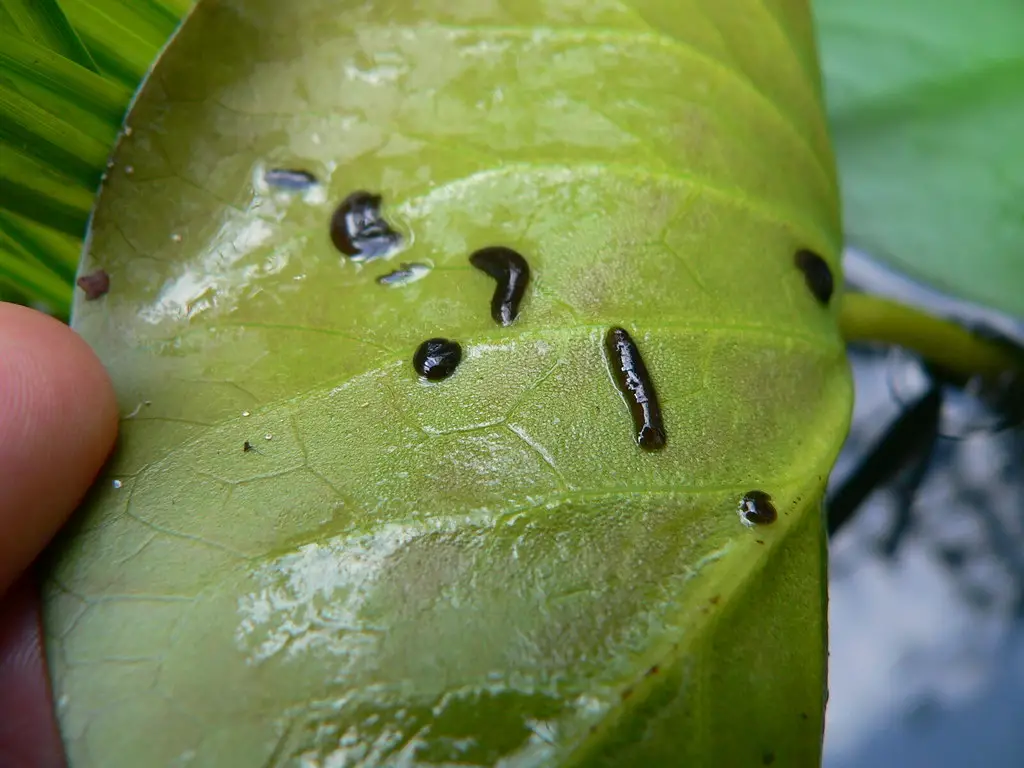
Flickr
When you hear the word “leech,” you probably think of a bloodsucking parasite. But here’s the twist—not all leeches are out for blood! Of the more than 700 species, most are scavengers or predators that feed on small invertebrates or plant material. Only a small percentage actually consume blood, and they often specialize in feeding on certain animals rather than humans. Some leeches are even entirely herbivorous, feasting on algae and decaying plants. So, before you shudder at the sight of a leech, remember that most of them are harmless and not remotely interested in you.
13. Leeches as Pain Relievers
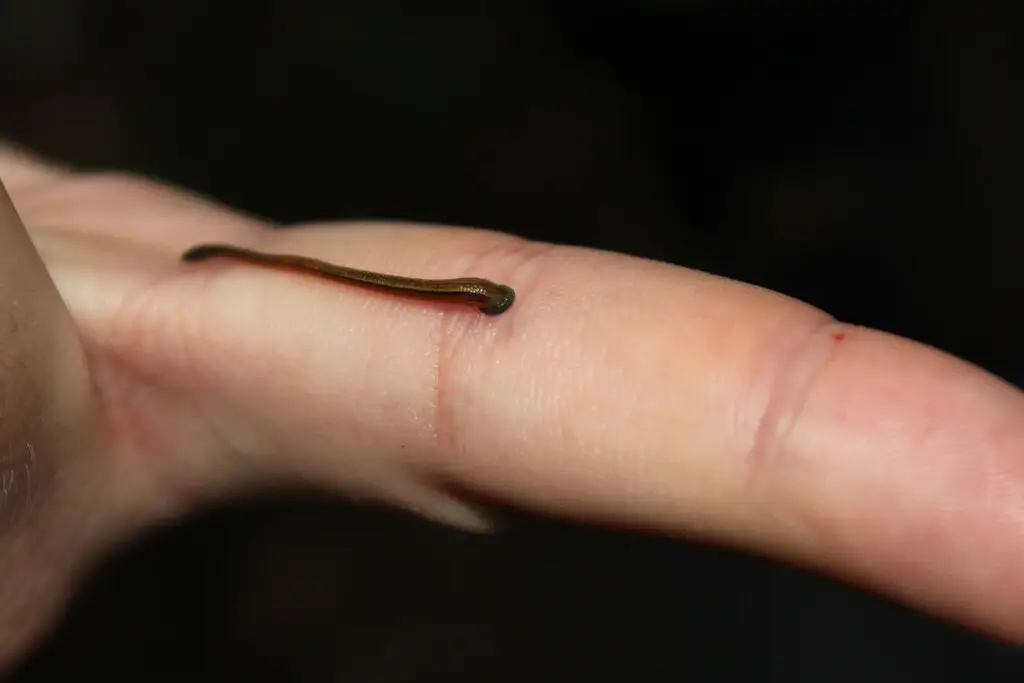
Flickr
Did you know that leeches are used in some cultures to relieve pain? Their saliva contains anesthetics that naturally numb the area where they bite, which has led to their use in alternative therapies for migraines, arthritis, and joint pain. For people who swear by leech therapy, these little creatures offer soothing relief where conventional treatments have failed. It might sound bizarre, but the results speak for themselves. Imagine finding a tiny, natural remedy in the form of a leech! While this type of treatment isn’t for the squeamish, it’s a testament to the surprising benefits of these misunderstood animals.
14. They’re Surprisingly Lovable to Some

Flickr
It’s hard to believe, but there’s a niche group of people who genuinely love leeches. Some keep them as exotic pets, fascinated by their unique biology and behaviors. Others study them with a passion, marveling at their evolutionary adaptations and medical potential. There’s even a bit of charm in how leeches navigate their world, moving with an elegant, rhythmic motion. While leeches might not be as cuddly as a cat or as entertaining as a dog, they certainly have their own loyal fanbase. If nothing else, they’re proof that every creature has its admirers—even the slimy, squishy ones.
15. Leeches Are Helping Fight Antibiotic Resistance

Wikimedia Commons
One of the most urgent challenges in modern medicine is antibiotic resistance. With bacteria evolving to resist our strongest drugs, scientists are on the hunt for new ways to combat infections. Enter the leech. Compounds in leech saliva have been found to kill harmful bacteria, even those resistant to conventional antibiotics. Researchers are studying these properties to develop new treatments for superbugs. It’s incredible to think that a creature so small and unassuming could play such a big role in the fight against one of medicine’s greatest threats. Leeches, it seems, have a knack for surprising us in the best possible ways.
Leeches might never make the list of the world’s cutest animals, but they’re undeniably fascinating. From their contributions to medicine and science to their vital role in ecosystems, they’re a reminder that even the most unlikely creatures can be extraordinary. Next time you hear someone dismiss leeches as gross or useless, you’ll have 15 reasons to set the record straight. Maybe they’re not so bad after all!


